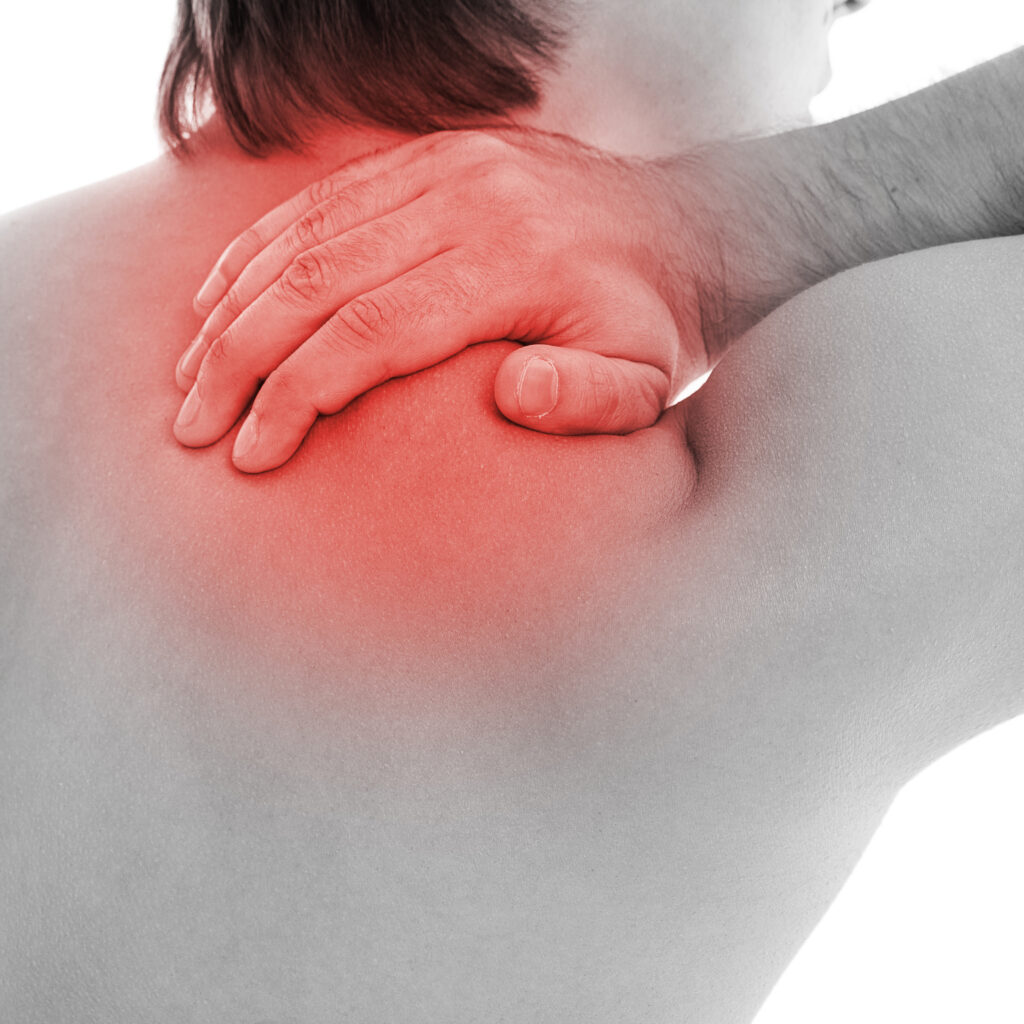When it comes to sports recovery in Vista, you might not realize the powerful impact of soft techniques like gentle yoga, massage therapy, and mindful breathing. These methods can greatly enhance your recovery process, promoting flexibility and reducing injury risks. As local experts share their insights, you can discover how to seamlessly integrate these practices into your routine. But what specific strategies can you adopt to maximize your recovery? Exploring these options could reveal the key to releasing your full athletic potential.
Benefits of Soft Techniques
Soft techniques, like massage and gentle stretching, often play an important role in sports recovery. You mightn't realize it, but incorporating these methods into your routine can greatly enhance your performance and overall well-being.
By focusing on soft techniques, you're not just aiding your recovery; you're promoting better flexibility and mobility, which can reduce the risk of injury during future workouts.
When you engage in regular gentle stretching, you help maintain muscle elasticity and joint range of motion. This flexibility allows you to perform movements more efficiently, which is essential in any sport.
Additionally, soft techniques improve blood circulation, ensuring that your muscles receive the nutrients and oxygen they need to recover effectively. Better circulation also helps flush out metabolic waste, reducing soreness and promoting quicker healing.
Another key benefit is the mental aspect. Soft techniques, such as massage, can decrease stress levels and promote relaxation. This mental recovery is just as critical as physical recovery; a calm mind can lead to improved focus and performance in your next training session or competition.
Finally, by listening to your body and incorporating these techniques, you'll develop a deeper awareness of your physical state. Understanding how your body reacts to different stresses can help you make more informed choices about your training regimen.
Massage Therapy Options
When it comes to enhancing your recovery, exploring various massage therapy options can be a game changer. Each type of massage serves a unique purpose, catering to different recovery needs.
For instance, if you're looking to relieve muscle tension and soreness, deep tissue massage is an excellent choice. It targets deeper layers of muscle and connective tissue, helping to release chronic tension and knots.
If relaxation is what you need, a Swedish massage might be right up your alley. This gentle approach uses long strokes, kneading, and circular movements to promote overall relaxation and improve circulation, which can be beneficial after intense workouts.
Another option is sports massage, specifically designed for athletes. This type combines techniques from both Swedish and deep tissue massages, focusing on areas most affected by physical activity. It's particularly effective for preventing injuries and enhancing performance.
For those dealing with specific injuries or chronic pain, consider trigger point therapy. This method focuses on tight areas within muscle tissue, helping to alleviate pain referred from specific points.
Lastly, don't overlook the benefits of lymphatic drainage massage. This gentle technique encourages the circulation of lymph fluid, helping to reduce swelling and promote detoxification, which can be particularly beneficial after strenuous training.
Yoga Practices for Recovery
Incorporating yoga practices into your recovery routine can greatly enhance your overall well-being. Yoga not only helps to improve flexibility and strength but also promotes relaxation and mental clarity, essential for recovery after intense physical activity. By focusing on your breath and movement, you can release tension in your body and mind, allowing for a more effective recovery process.
Start with gentle yoga poses like Child's Pose, Downward Dog, or Cat-Cow. These positions stretch your muscles and alleviate soreness while encouraging blood flow to the areas that need it most. Holding each pose for several breaths enables you to connect with your body, enhancing your awareness of any tight spots or discomfort.
Incorporate restorative yoga sessions into your routine, where you use props like bolsters or blankets to support your body in various poses. This practice encourages deep relaxation, stimulating your body's healing processes. Poses such as Legs-Up-the-Wall or Supported Bridge can help reduce muscle fatigue and improve circulation, promoting quicker recovery.
Don't forget to focus on your breath during your yoga practice. Deep, mindful breathing can calm your nervous system and help you shift into a post-workout state of relaxation. Aim for at least 15-20 minutes of yoga after your workouts to fully reap the benefits.
Mindfulness and Meditation
As you finish an intense workout, engaging in mindfulness and meditation can greatly enhance your recovery process. These practices help you reconnect with your body, allowing you to release tension and promote relaxation. By focusing on your breath and being present in the moment, you can reduce stress hormones like cortisol, which can impede recovery.
Start with a few minutes of mindful breathing. Find a quiet space, sit comfortably, and close your eyes. Inhale deeply through your nose, letting your abdomen expand, then exhale slowly through your mouth. This simple exercise calms your mind and lowers your heart rate, preparing your body for recovery.
Next, consider a short meditation session. Visualize your muscles healing and your energy replenishing. Picture a soothing light enveloping your body, washing away fatigue and discomfort. This mental imagery can facilitate the healing process, as your brain helps direct focus to the areas that need attention.
You can also incorporate body scans into your routine. As you lie down, mentally scan your body from head to toe, paying attention to sensations. Notice areas of tension and consciously relax those muscles. This practice fosters awareness of your body's needs, helping you understand when to push harder and when to rest.
Incorporating mindfulness and meditation into your post-workout routine nurtures your mental and physical well-being. You'll find yourself more centered, ready to tackle your next challenge, and ultimately, more resilient in your athletic journey.
Stretching for Flexibility
After engaging in mindfulness and meditation, your body is primed for the next step in recovery: stretching for flexibility. Stretching is vital for enhancing your range of motion and preventing injuries. By incorporating a routine that targets key muscle groups, you'll improve your overall performance and expedite recovery.
Start with dynamic stretches to warm up your muscles. Think about leg swings, arm circles, and torso twists. These movements prepare your body for more extensive stretching by increasing blood flow and raising your heart rate.
After your workout, shift focus to static stretching. This involves holding stretches for 15 to 30 seconds, allowing your muscles to relax and lengthen.
Target major muscle groups like hamstrings, quadriceps, hip flexors, and shoulders. For example, sit on the ground, extend your legs in front, and reach towards your toes. This stretch helps lengthen your hamstrings and lower back. You can also perform a standing quad stretch by pulling your heel towards your glutes while standing on one leg.
Consistency is key. Aim to stretch at least three times a week, ideally after workouts when your muscles are warm.
Listening to your body is essential—never push through pain. If a stretch feels uncomfortable, ease off and find a position that feels good.
Nutritional Support for Recovery
While you focus on physical recovery, don't underestimate the power of nutrition in supporting your body's healing process. The right nutrients can greatly enhance your recovery time and overall performance.
Start by prioritizing protein, which plays an essential role in repairing and building muscle tissue. Aim to incorporate lean meats, eggs, dairy, legumes, or plant-based protein sources into your meals.
Carbohydrates are equally important, as they replenish glycogen stores depleted during exercise. Opt for whole grains, fruits, and vegetables to provide sustained energy and essential vitamins.
Don't forget about healthy fats; they support hormone production and reduce inflammation. Sources like avocados, nuts, and olive oil can be beneficial.
Hydration is another key area you shouldn't overlook. Drinking enough water helps transport nutrients to cells and aids in waste removal. Consider electrolyte-rich beverages if you've had an intense workout, as they can quickly restore lost minerals.
Additionally, specific micronutrients like vitamin C, vitamin D, and magnesium can aid in recovery. Foods rich in these nutrients, such as citrus fruits, leafy greens, and nuts, should find a place on your plate.
Lastly, listen to your body's signals. If you're feeling fatigued or sore, it might indicate a need for more calories or specific nutrients. Tailoring your nutrition to your recovery needs can make a considerable difference.
Finding Local Experts in Vista
Finding local experts in Vista can greatly enhance your sports recovery journey. Whether you're dealing with soreness, injury, or just want to optimize your performance, connecting with the right professionals can make all the difference.
Start by searching for physical therapists, massage therapists, or chiropractors who specialize in sports recovery. These experts often have tailored techniques that cater specifically to athletes like you.
Don't underestimate the power of local gyms and fitness centers. Many have on-site recovery specialists or wellness programs that incorporate techniques like myofascial release, acupuncture, or cryotherapy.
Check online reviews and testimonials to verify you're choosing someone with a proven track record in sports recovery.
Networking within your local sports community can also lead you to valuable resources. Attend local sporting events or join clubs where you can meet other athletes. They often have recommendations for practitioners who've helped them recover faster and perform better.
Social media platforms can be great tools for finding local experts too. Join Vista-based fitness groups or forums where members share tips and experiences about recovery techniques.
You'll likely discover local professionals who are renowned in their fields.
Finally, don't hesitate to schedule consultations with a few different experts. This way, you can find the right fit for your specific needs and verify you're getting the best care possible.
Conclusion
By incorporating soft techniques like massage therapy, yoga, and mindfulness into your recovery routine, you can greatly enhance your performance and well-being. These practices not only promote flexibility and reduce injury risks but also foster a deeper connection between your mind and body. So, take advantage of the local experts and resources in Vista. Embrace these techniques, and you'll be on your way to a stronger, more resilient athletic journey. Your recovery deserves this attention!



